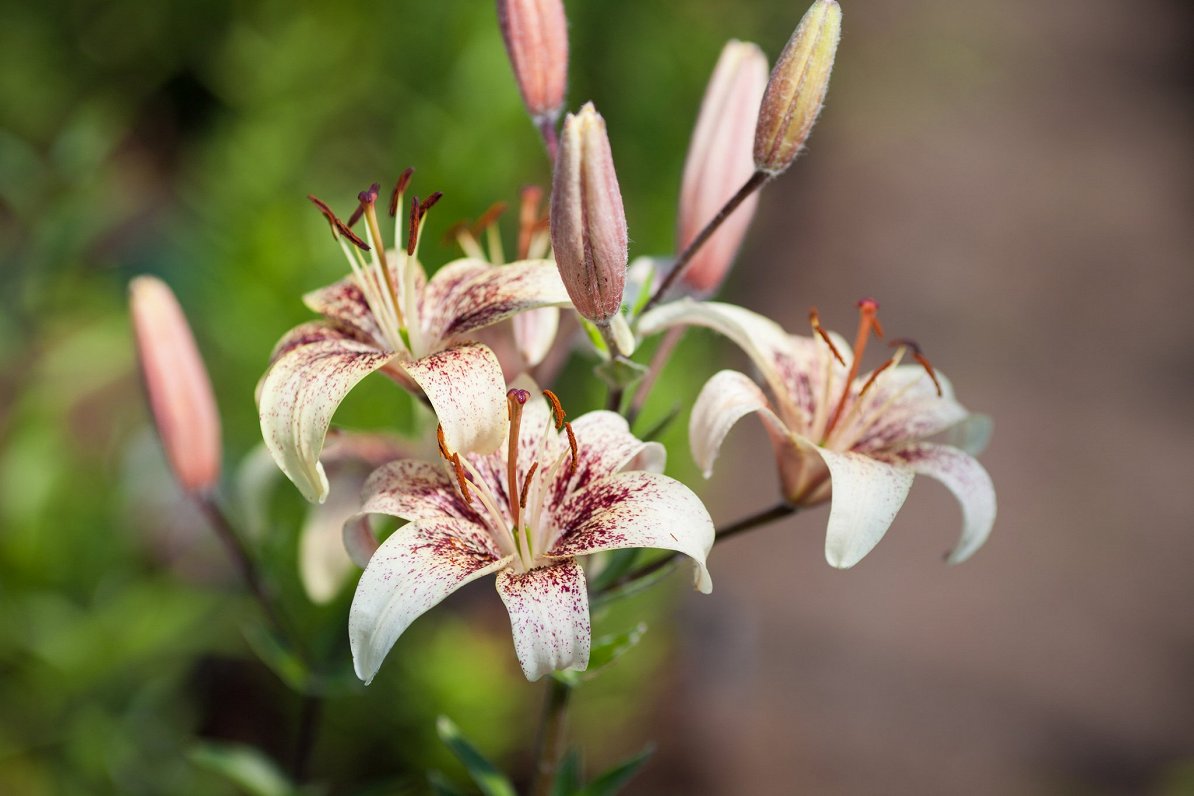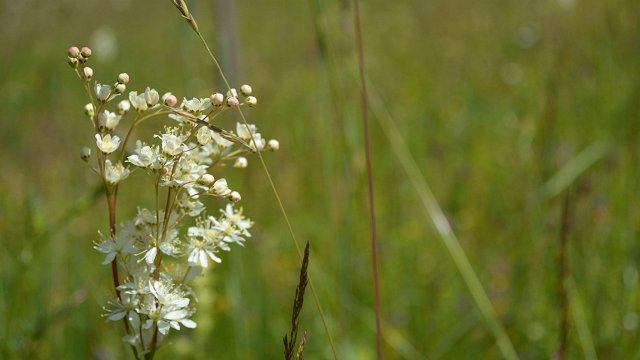Lilies are among the most popular flowers in Latvia. Beloved for their big, vivid flowers and ennobled odor, the sun-hungry lily is in bloom in Latvia from June to August when the day lasts between fourteen to sixteen hours. Antra Balode, a flower expert and the head of the Lilium Balticum association for growing lilies, told LSM all you need to know about this plant.
The first lilies appeared in Latvia only in the early 20th century at a time of German cultural domination. They created the first seed stands, initially with a meager offering, that offered the first bulbs for sale hereabouts. The first written records about the plant, however, date to an early 19th-century catalog by Baltic German botanist Johann Hermann Zigra.
Lilies can withstand a temperate climate but there are a couple of challenges in growing these flowers here as compared to its native Mediterranean. First of all, the summers here can be too moist, causing the flowers to rot. In winter, however, the bulbs are liable to die from the cold.
It is therefore somewhat difficult to grow lilies, but between the thousand or so varieties registered in Latvia there are, of course, some that are easier to look after. The most beautiful varieties are, however, among the most capricious. There are two lilies that grow in the wild in Latvia, the Martagon Lily or locally known as the River Daugava Lily, as well as the orange lily (Lilium bulbiferum).
Lilies are nightly plants, mostly pollinated by moths or sometimes owls (or, elsewhere, tiny night birds). They bloom at night to provide a readier flower for the pollinators.
In Latvia, it takes about eight to ten years to select a new variety. It's a time-consuming but exciting creative task, as one can never be sure about the result. While the Netherlands are considered to have the most advanced cultivators, in the 1960s selection was quite popular in Latvia thanks to Viktors Orehovs, a native of Jēkabpils, eastern Latvia, who started breeding lilies for local climes back in 1941. But the vocation has dwindled in popularity, perhaps because we live at a faster time.
Antra Balode says that, what with the difficulties of breeding new varieties, there's also the difficulty of finding a suitable name for each one. The big yellow flowers of Orehovs' Asian lily Saule (The Sun) are still prominent in Latvian gardens. It's special in that it was the first lily to have its chromosome count increased artificially, resulting in larger flowers.
Breeder Jānies Vasarietis, on the other hand, has named a variety after the Latvian National Front, an organization created in 1988 to help increase national consciousness during the Third National Awakening. It has dark red flowers and white nectar grooves as per the colors of the Latvian flag.
Meanwhile Andris Krūmiņš authored the Zaļumballe (Open-air Dance) variety, which has green flowers dappled with black spots. Among modern breeders, Guntis Grants is a name to remember. He has selected the Teicamniece (Valedictorian) variety with lightly pink flowers.
Balode has been busy with selecting lilies for more than 40 years now, during which time she created about 60 new varieties. She herself particularly likes the Sonora variety with big cream-colored flowers, named after Latvian opera singer Sonora Vaice. Vulkāns (The Volcano) is likewise a variety she has created. It's well-suited for Latvian climes and has bright red flowers.
As is well-known, it's difficult to wash off the pollen coming from lilies. Many breeders therefore try to create varieties without staining pollen. However, these tend to have smaller flowers and are less popular, though florists can use them for arrangements with greater ease.





























